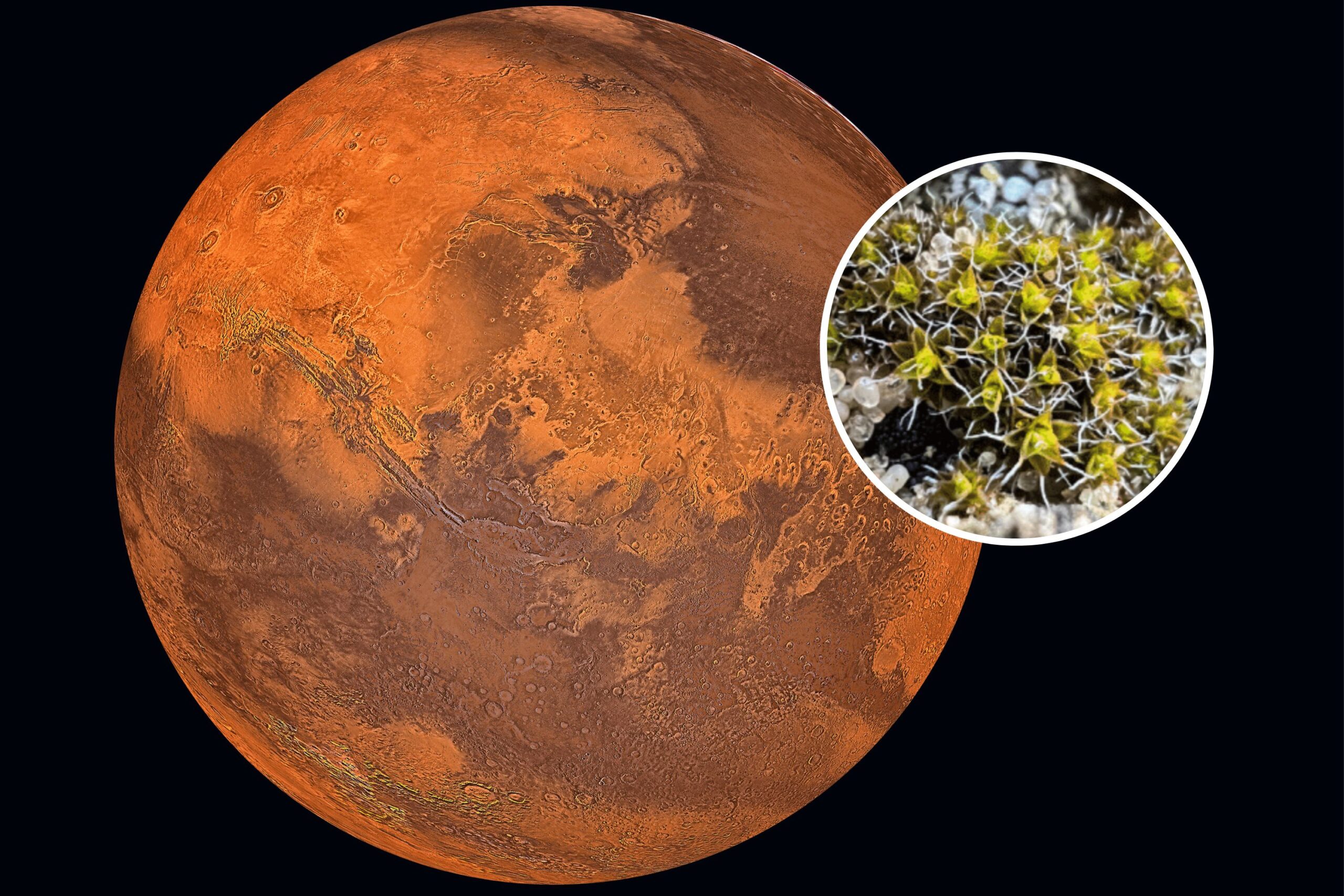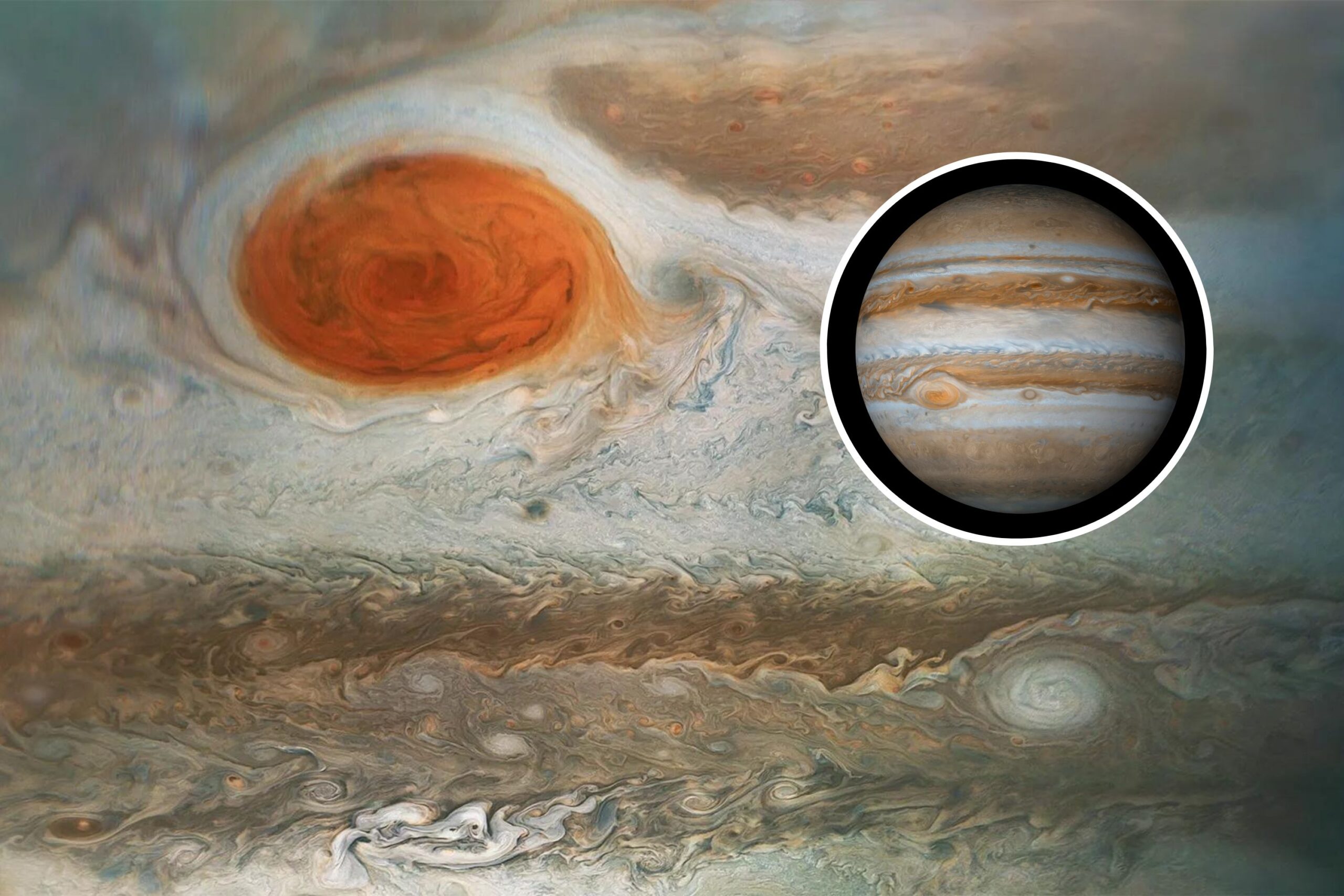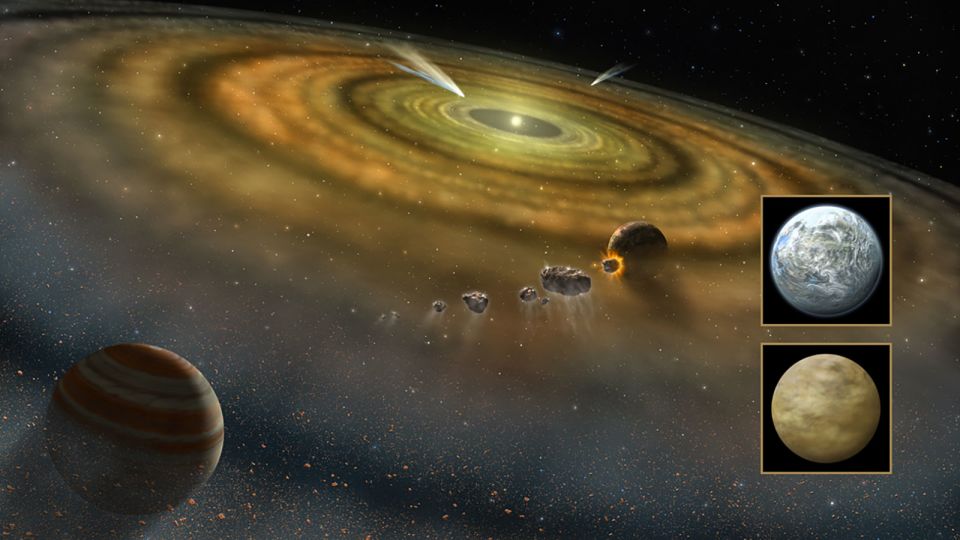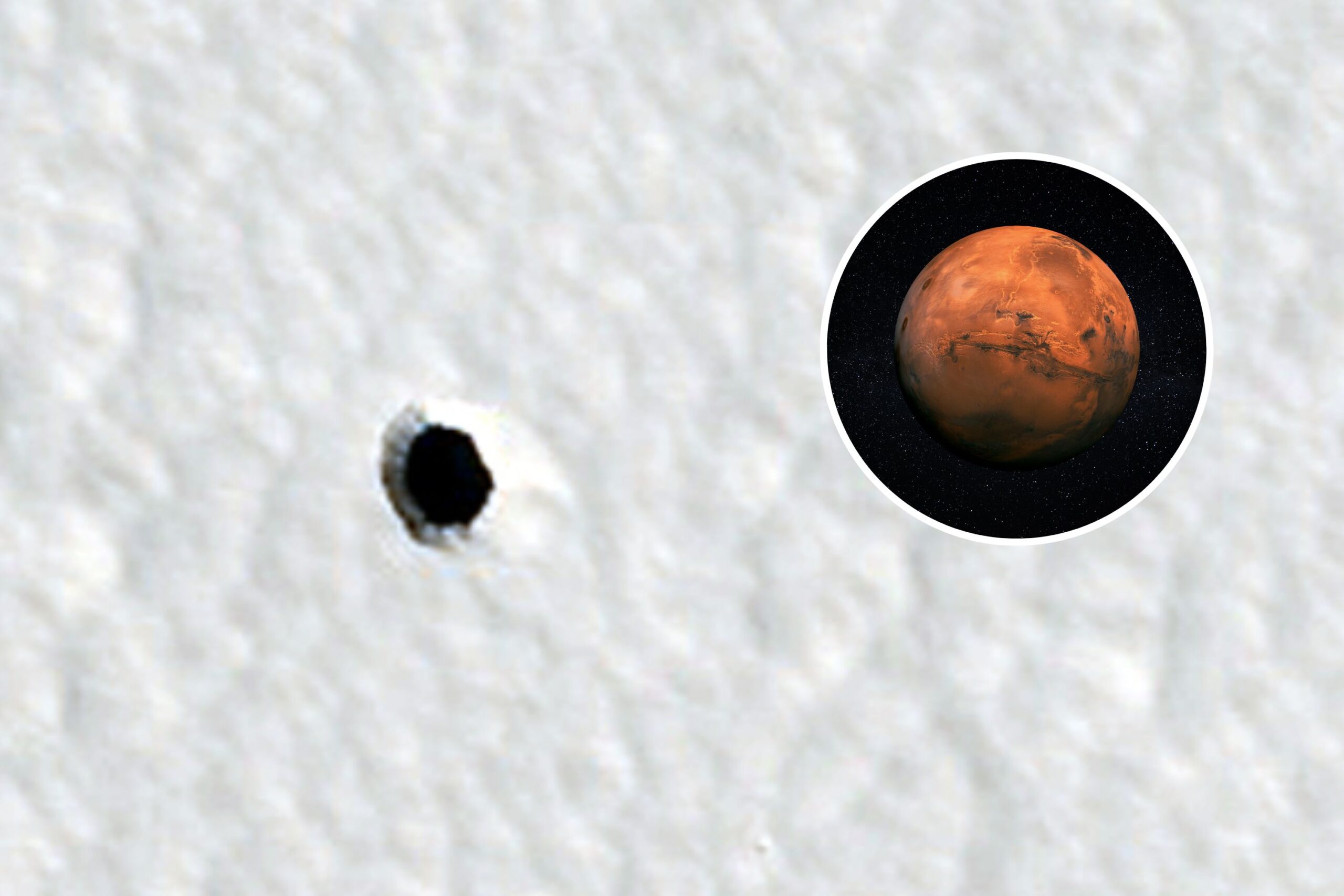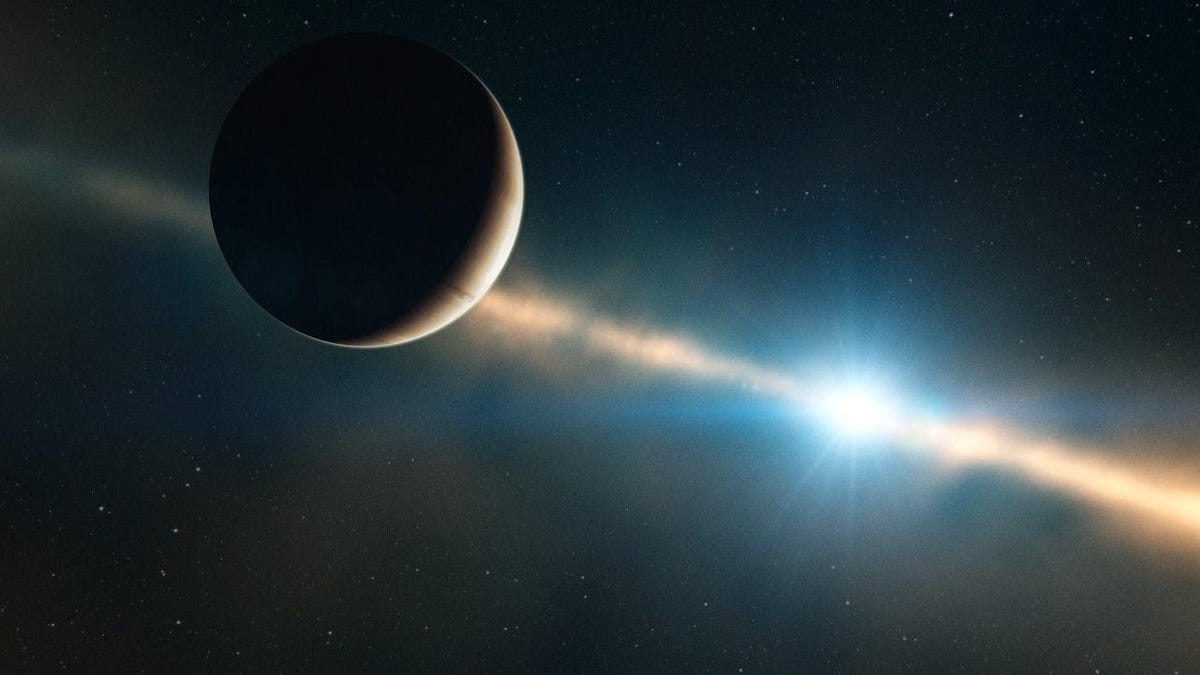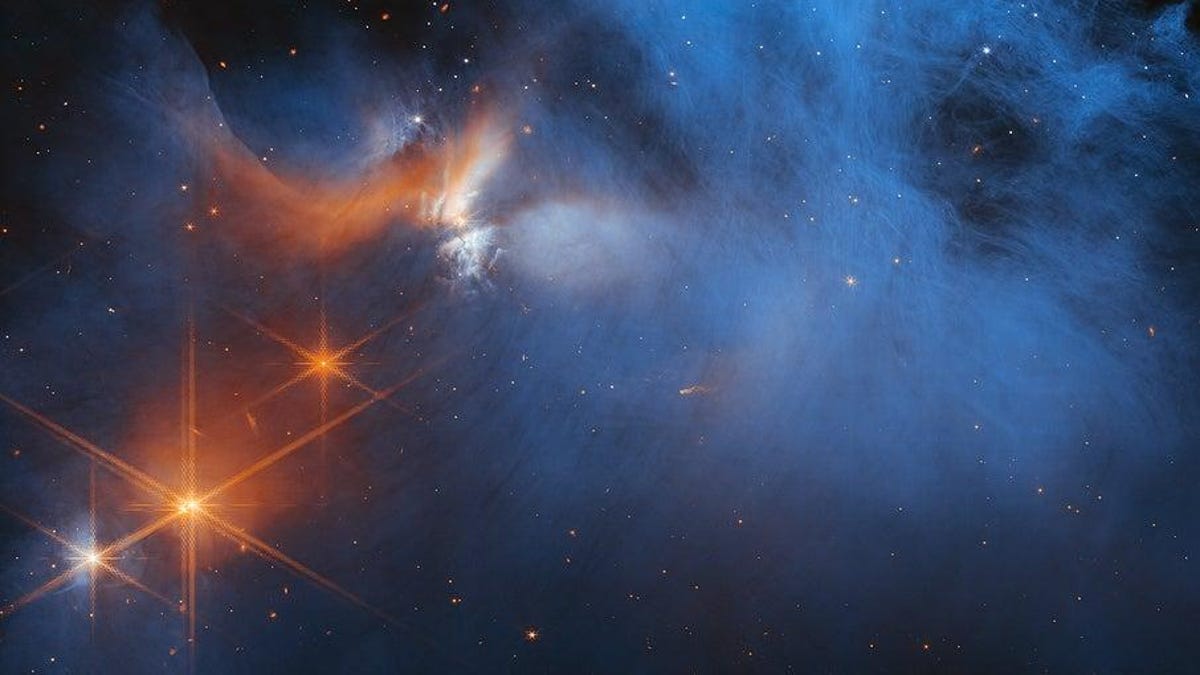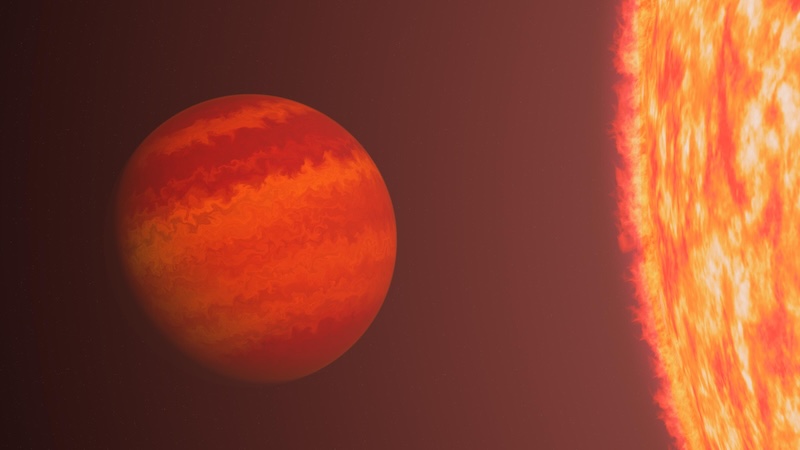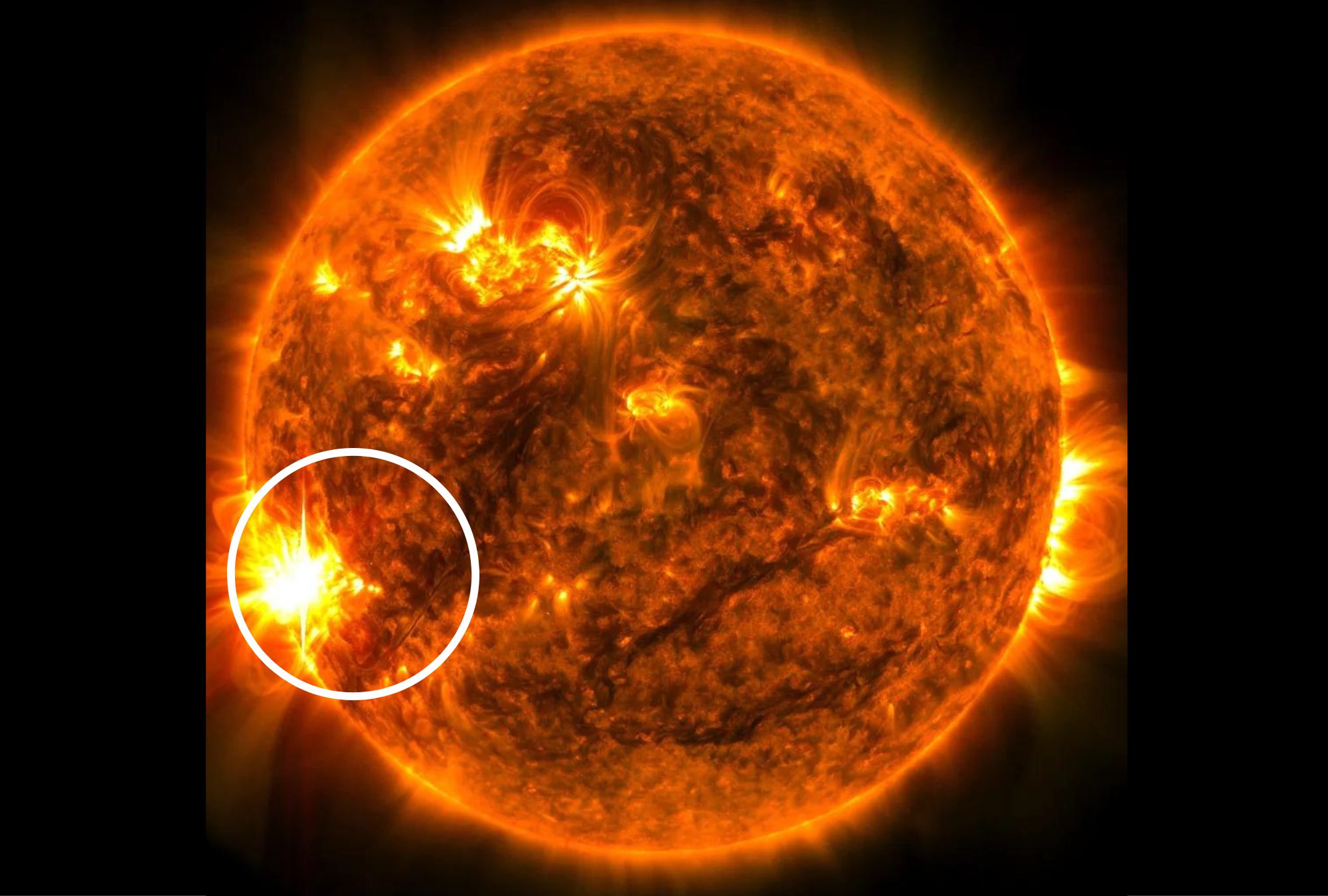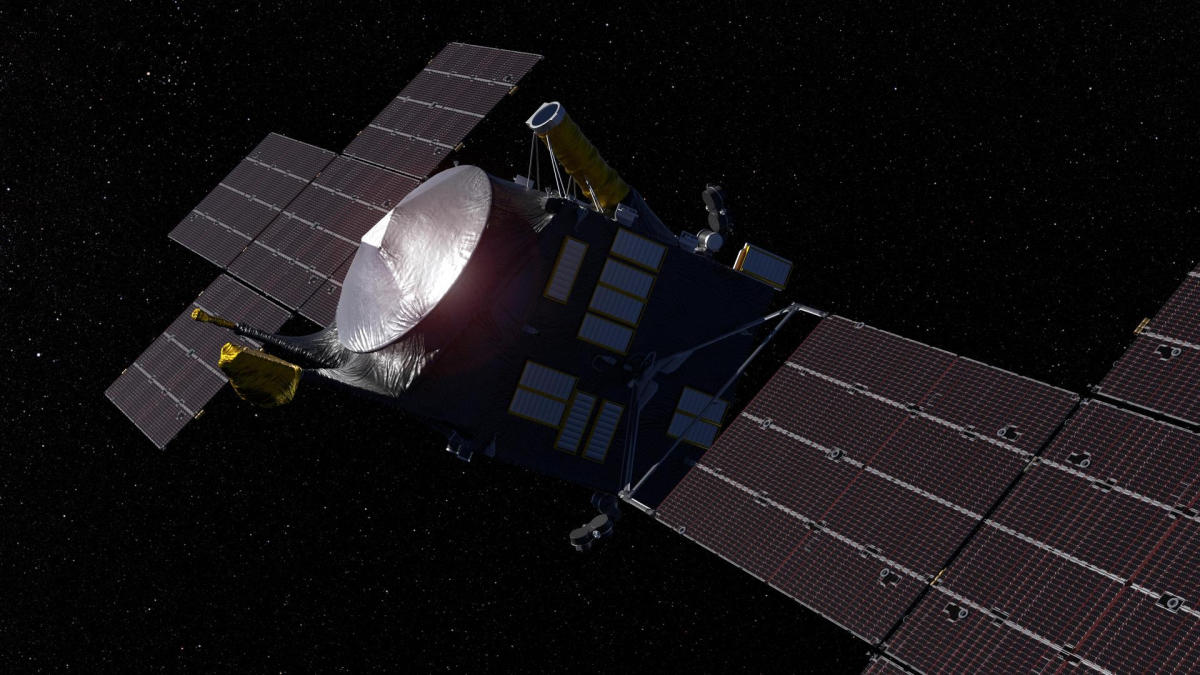Plant identified that could grow on Mars
A future civilization on Mars could be accompanied by a very special and resilient plant. A type of moss found in the desert – called Syntrichia caninervis—may be able to survive and thrive in the harsh conditions of Mars, according to a new paper in the journal Mars The innovation. This moss can grow in … Read more
